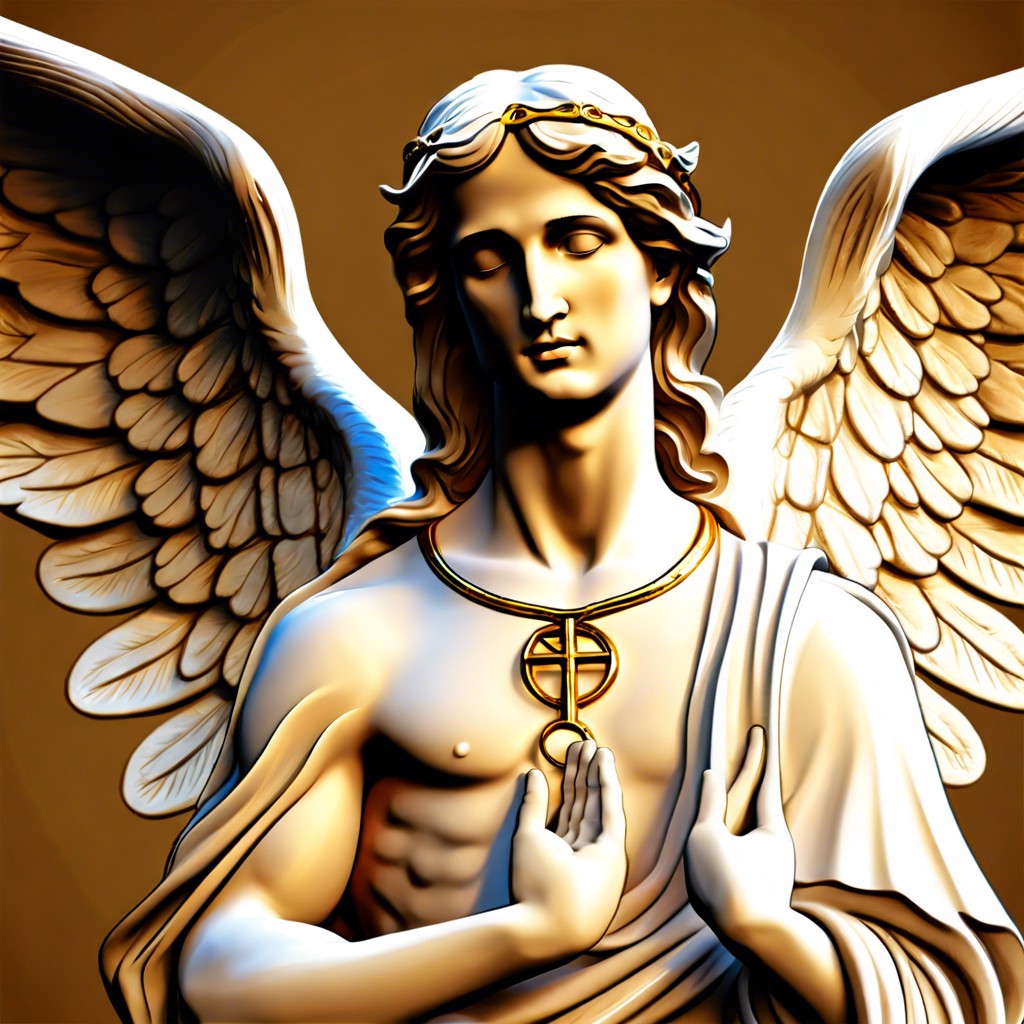Discover the spiritual meaning behind St.
St. Patrick’s Day is more than a celebration of Irish culture; it holds deep spiritual significance. This article deciphers the divine meanings behind the symbols associated with this day. From the shamrock’s representation of the Holy Trinity to powerful themes of transformation and light overcoming darkness, you’ll discover how these elements enrich our spiritual lives. Dive in to explore the profound connections and insight offered through St. Patrick’s Day, a day filled with faith, hope, and renewal.
Key takeaways:
- Trinity Symbolism: Shamrock represents Holy Trinity’s unity & interconnectedness.
- Shamrock’s Significance: Symbolizes Trinity, spiritual wholeness, growth, and renewal.
- Light Overcoming Darkness: Reflects hope, resilience, nature, growth, and triumph.
- Renewal and Transformation: Symbolizes personal growth, new beginnings, and rejuvenation.
- Role of Saints: Exemplars of faith, intercessors, guides, unity enforcers.
The Trinity Symbolism

Saint Patrick famously used the shamrock to explain the concept of the Holy Trinity. This approach made the complex idea more accessible.
Each leaf of the shamrock represents one of the three persons of the Trinity: the Father, the Son, and the Holy Spirit. Yet, all three leaves are part of the same plant, symbolizing their unity.
This teaching method highlights the interconnectedness of the divine, helping people grasp the mystery of three-in-one. It also emphasizes that no part of the Trinity stands alone, showcasing their essential cooperation.
Through this simple, natural symbol, deep spiritual truths become more tangible and relatable. Saint Patrick’s choice of a common plant for such profound teaching underscores the divine presence in everyday life.
Shamrock’s Spiritual Significance
In spiritual terms, the shamrock is more than just a green, three-leafed plant. It’s a powerful symbol with deep roots in Christian teachings.
St. Patrick famously used the shamrock to explain the Holy Trinity. Each leaf represents one aspect of God: the Father, the Son, and the Holy Spirit. This simple yet profound explanation made complex theology accessible.
The number three has its own sacred meaning. In many traditions, it represents completeness and harmony. The shamrock’s three leaves reflect this balance, pointing to a sense of spiritual wholeness.
Moreover, the shamrock’s color, green, is often associated with growth and renewal. It serves as a reminder of the possibility for spiritual rebirth and new beginnings.
This humble plant acts as a spiritual tool, encapsulating major theological concepts in a form that’s easy to understand and remember.
Light Overcoming Darkness
St. Patrick’s Day spiritually reflects themes of hope and resilience.
Firstly, St. Patrick himself brought Christianity to Ireland during a time of widespread paganism, representing a powerful story of spiritual enlightenment overcoming ignorance.
Furthermore, the celebration takes place around the spring equinox, a time when days grow longer than nights, symbolizing light overcoming darkness.
Additionally, green being the color most associated with the day signifies nature, growth, and renewal, aligning with the idea of spiritual awakening and the triumph of life over decay.
Lastly, many St. Patrick’s Day legends focus on driving out snakes, which can be interpreted as overcoming evil and negativity. This mirrors the Christian belief in light dispelling inner and outer darkness.
Renewal and Transformation
Renewal is a cornerstone of St. Patrick’s Day, reflecting the shift from winter to spring.
Transformation is embodied in the stories of St. Patrick himself. He was born in Britain, captured by pirates, and taken to Ireland. Over time, he embraced his fate, converted to Christianity, and returned to Ireland as a missionary. His life journey illustrates profound personal transformation and embracing one’s spiritual path.
Spring’s arrival during this celebration prompts us to consider our own growth. Just as nature renews itself, we too can embrace new beginnings. Reflecting on one’s personal journey can reveal areas in need of change and rejuvenation.
Many wear green not just for tradition but as a signal of growth and life, connecting with the vibrant, renewing energy of the Earth. It’s a reminder to shed old habits and embrace new, healthier ones.
Spiritual growth and transformation are continual processes. St. Patrick’s Day, with its symbols and stories, offers a moment to reflect on and embrace this ongoing journey.
The Role of Saints in Spiritual Life
Saints hold a special place as exemplars of faith and virtue. They inspire believers through their life stories and acts of piety.
Their intercessory role is significant. Many believe saints can pray on behalf of individuals, helping bring divine assistance in times of need.
Saints also serve as spiritual guides. By studying their lives, followers can gain insight into living more virtuously and staying committed in their faith.
Festivals like St. Patrick’s Day also help reinforce community bonds. Celebrating a saint’s legacy fosters collective spiritual growth and unity.
In essence, saints offer a tangible connection to spiritual ideals, making the divine more accessible and relatable for the faithful.





